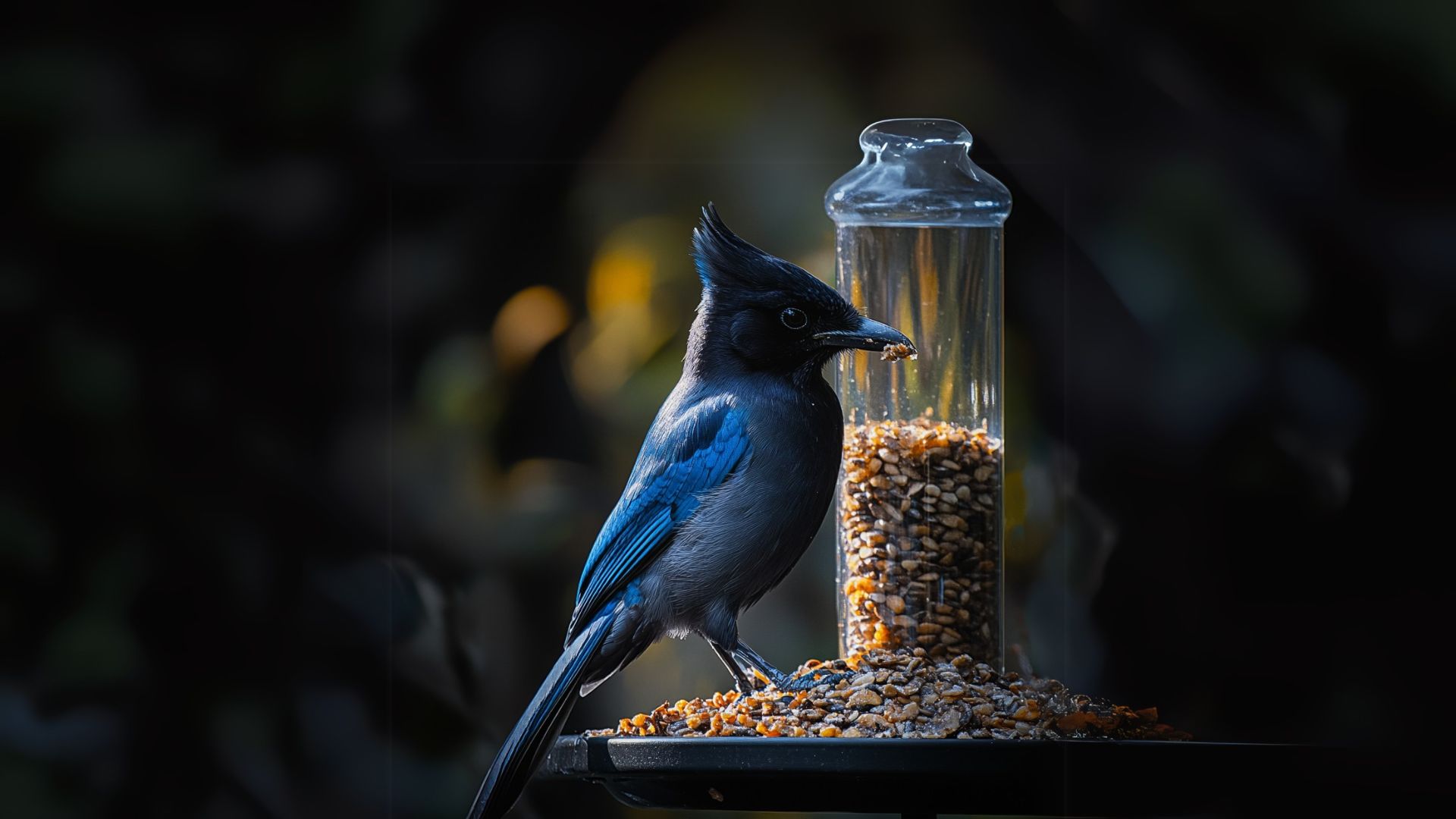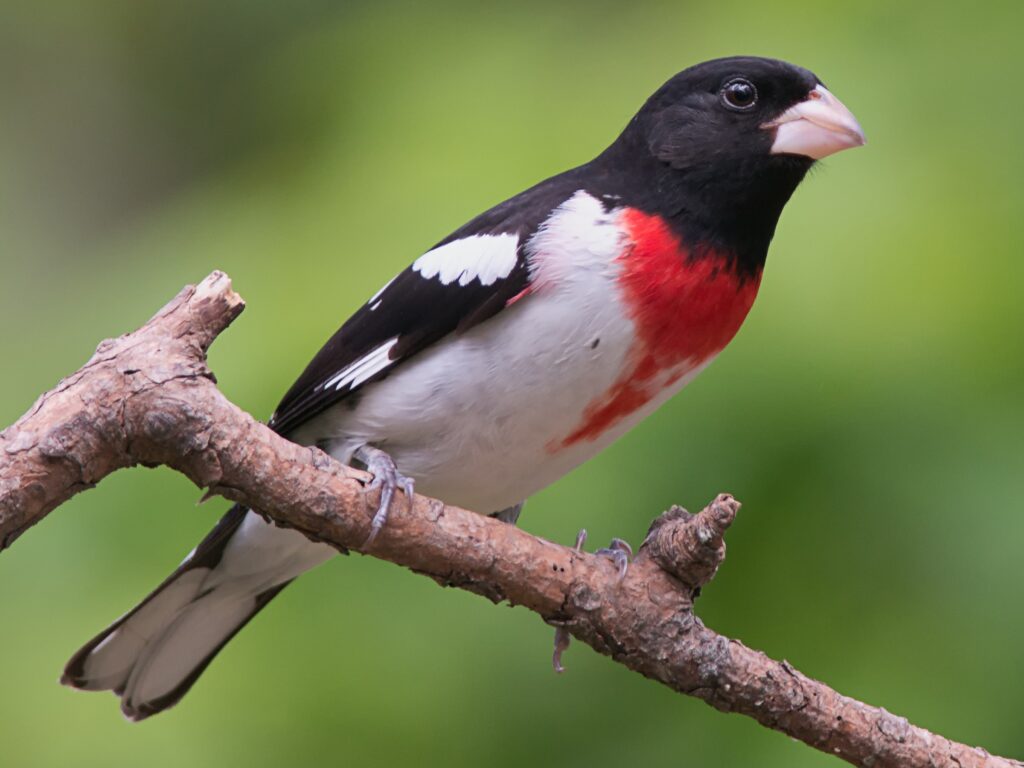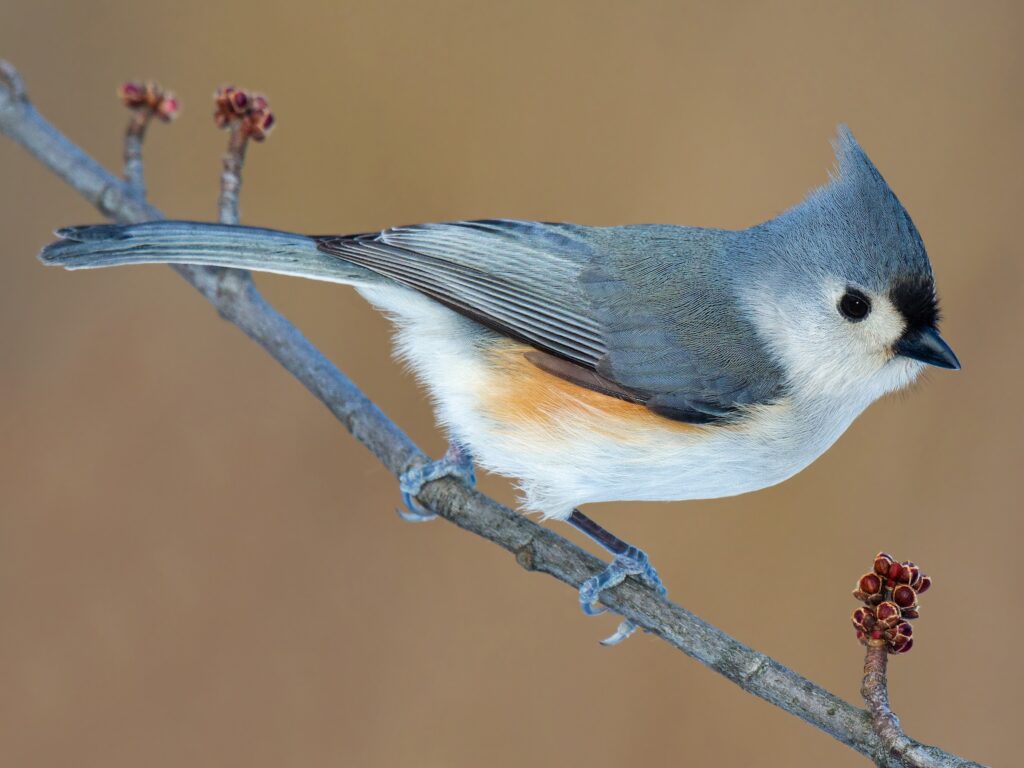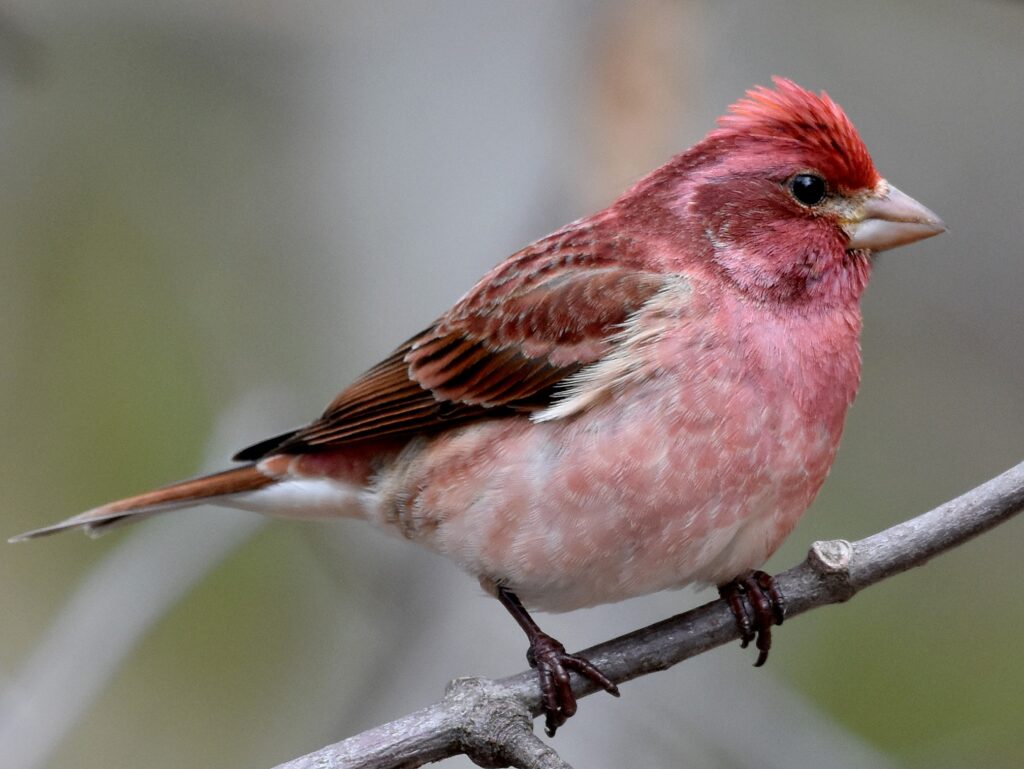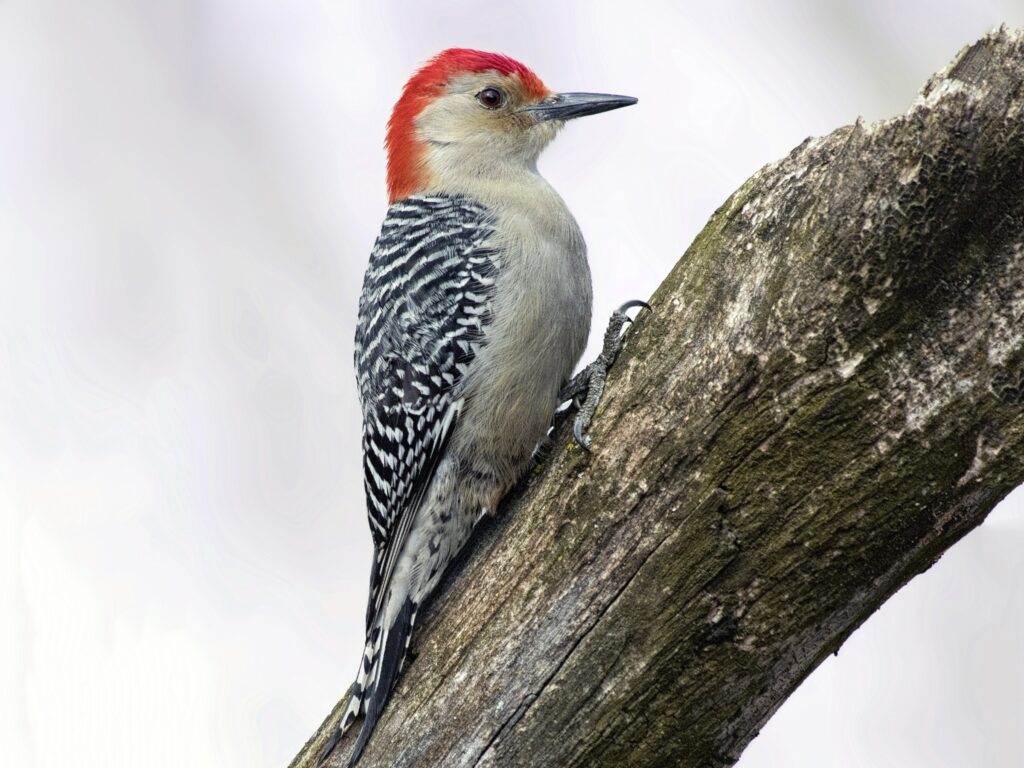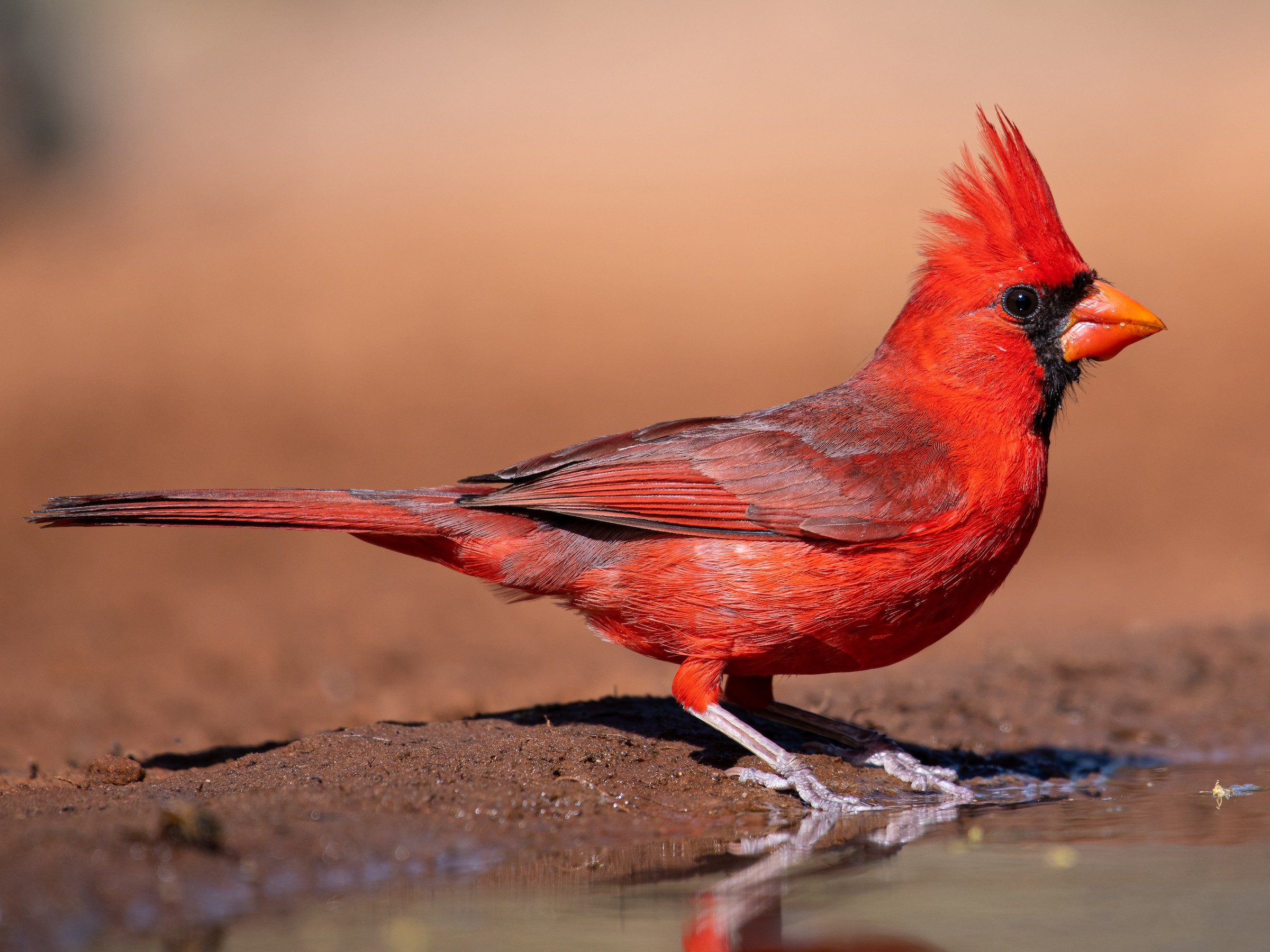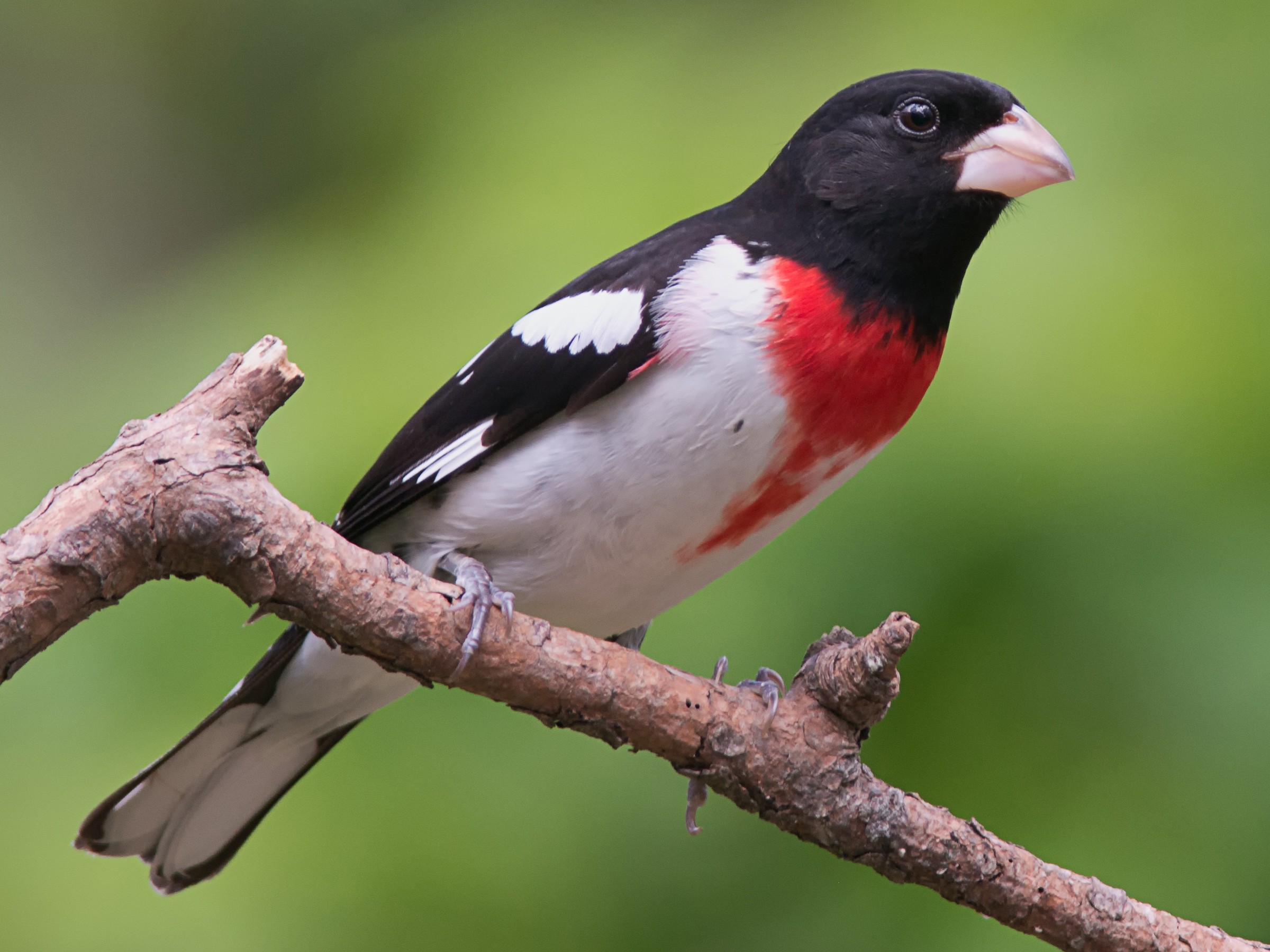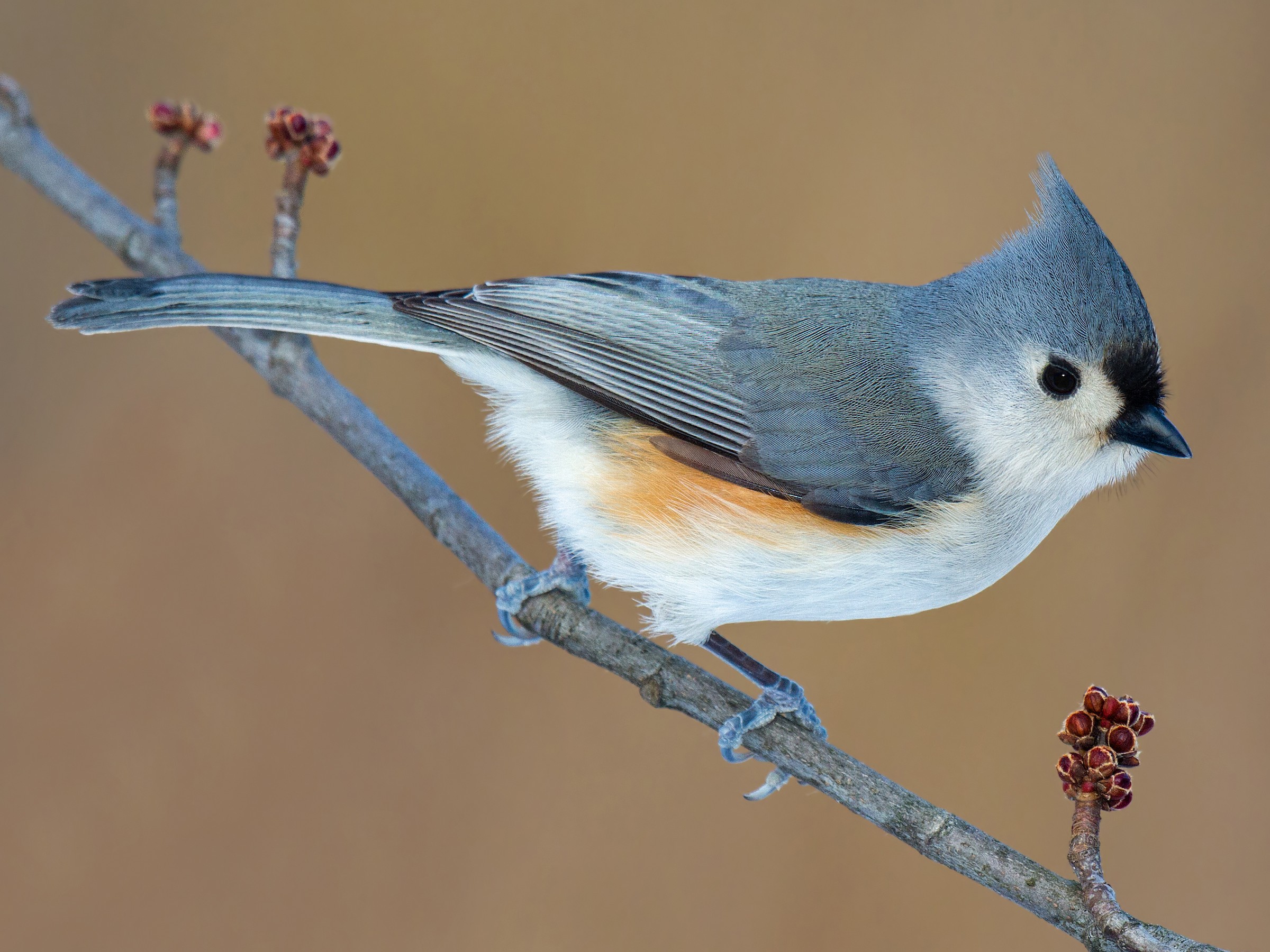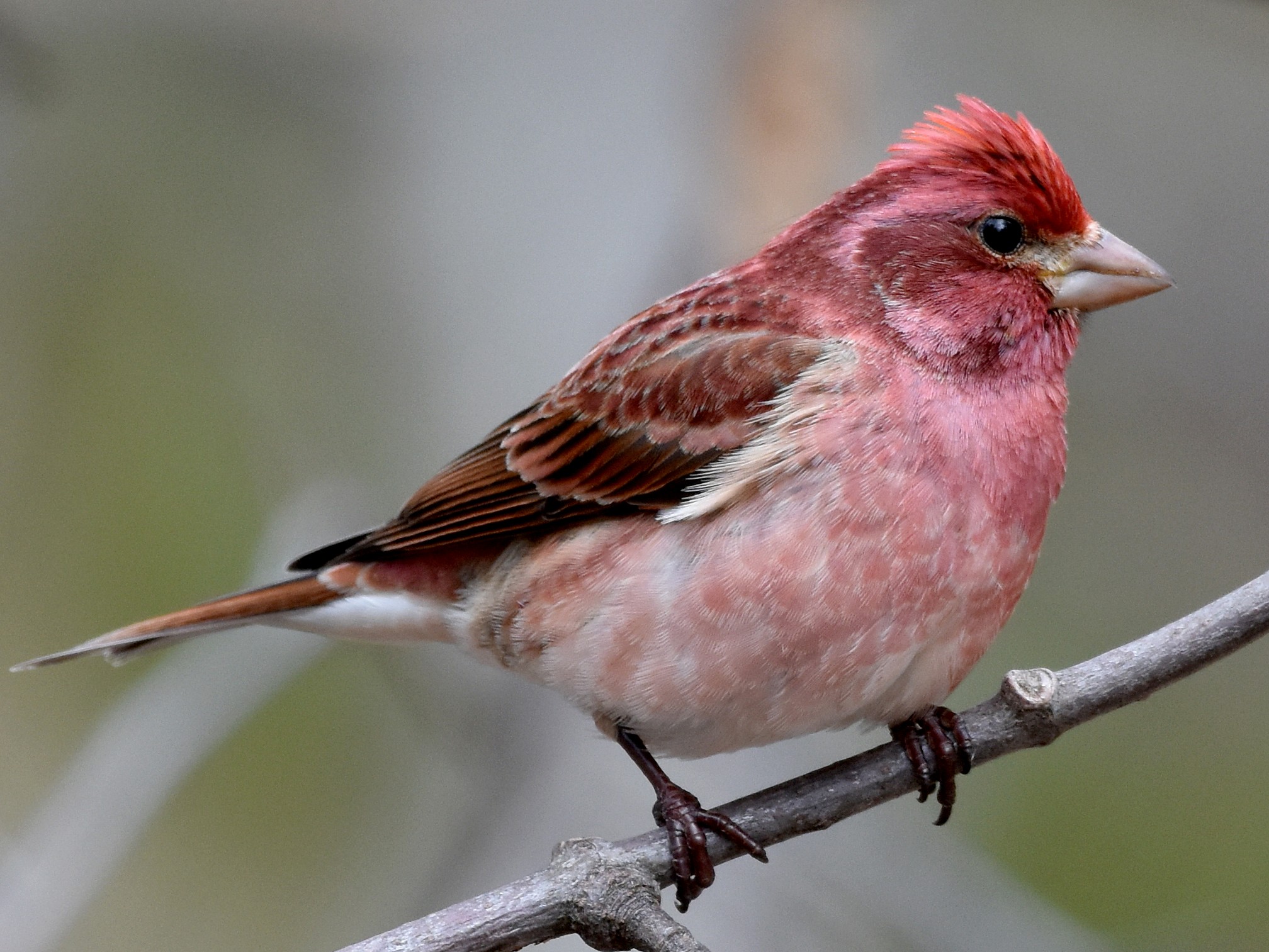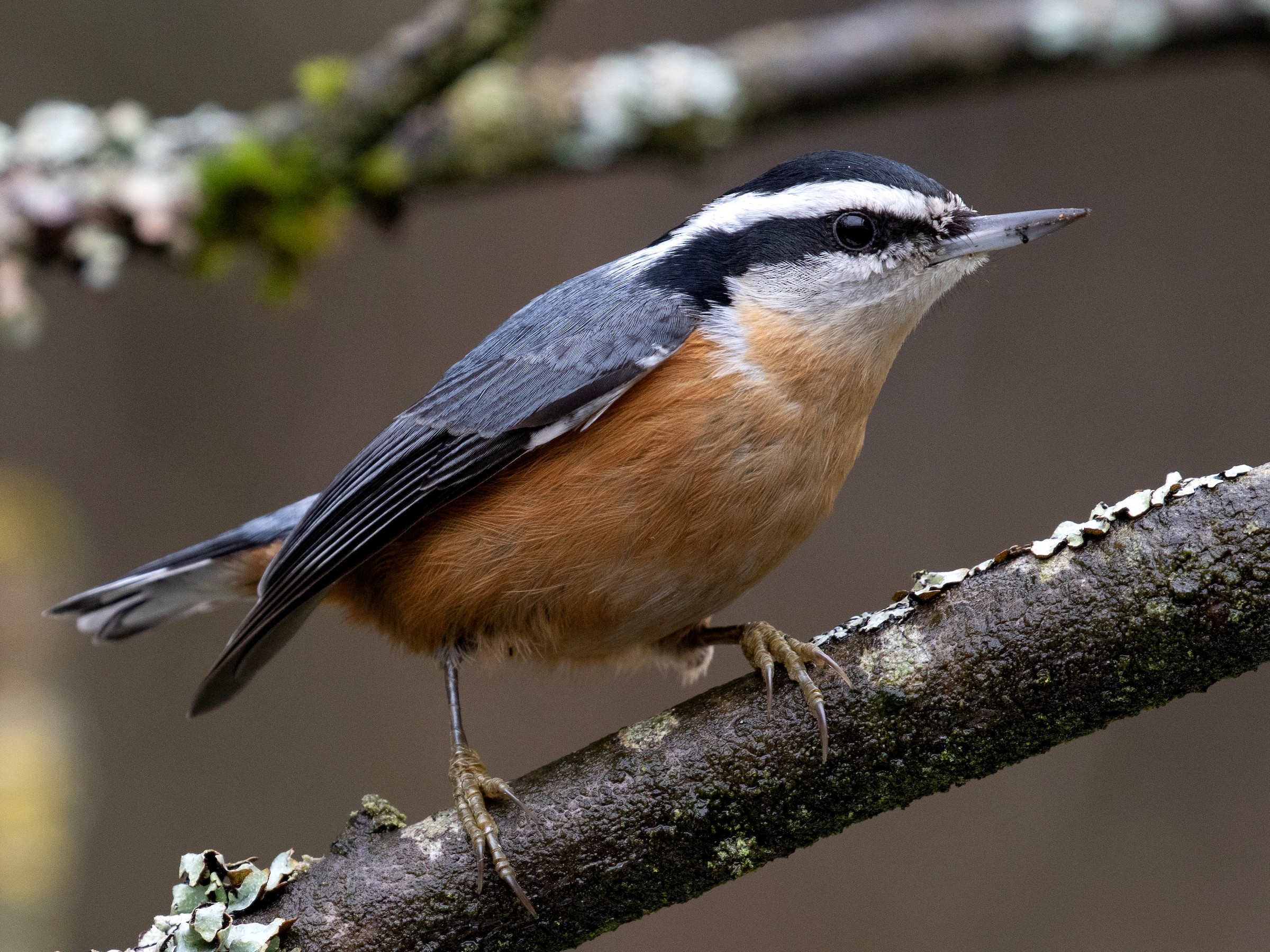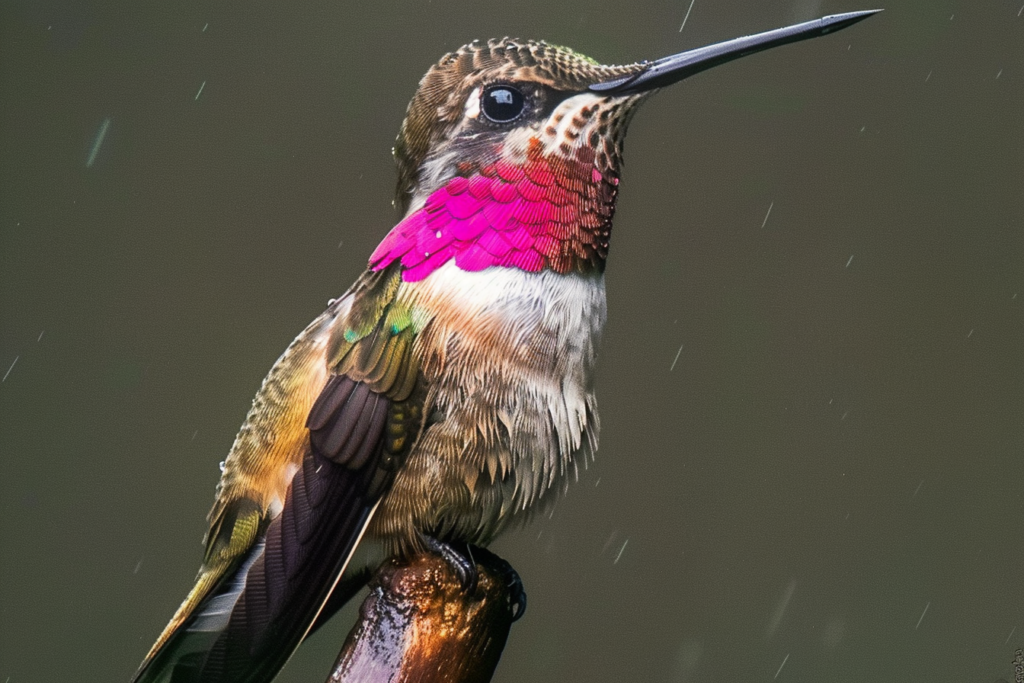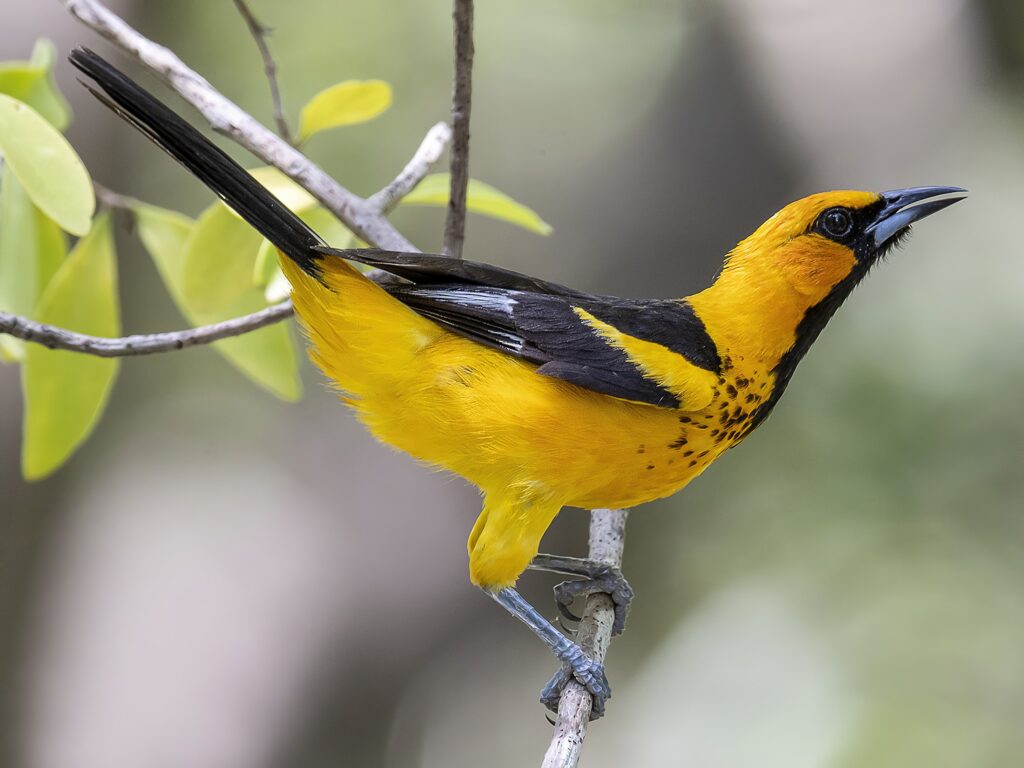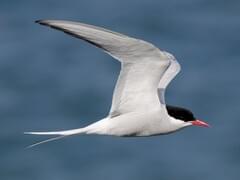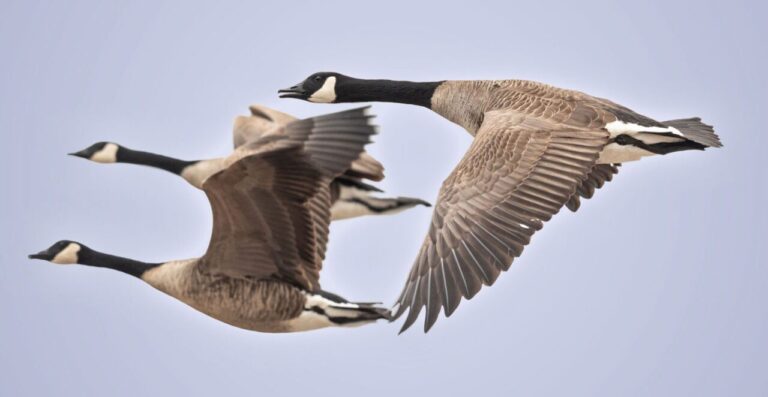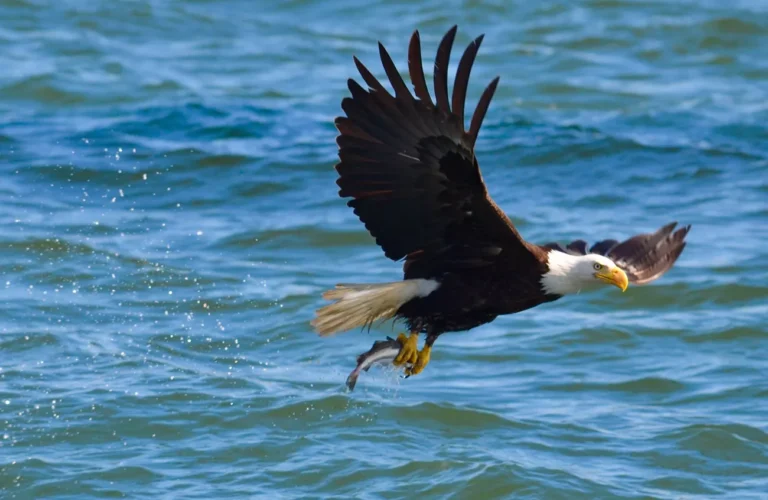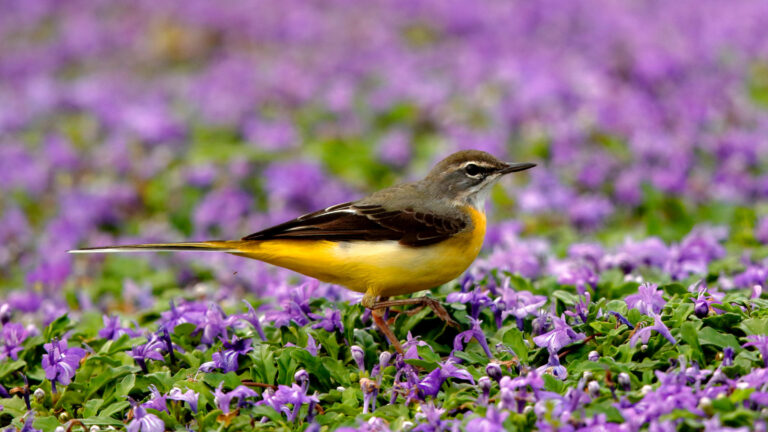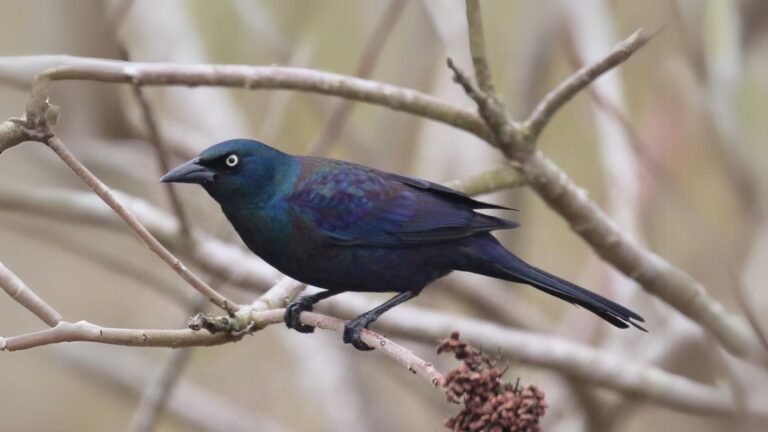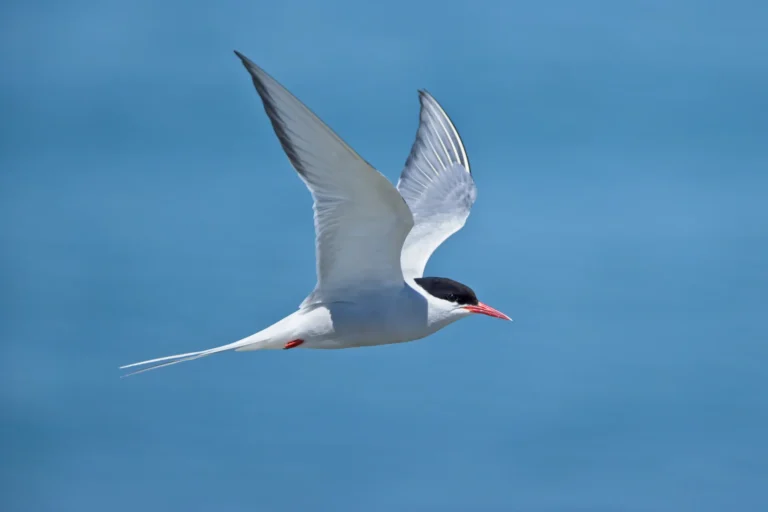Safflower Seeds: The Smart Choice for Your Beautiful Backyard Birds
We’ve all been there, haven’t we? You lovingly fill your feeders with top-notch bird seed, only to watch in dismay as a gang of squirrels or those boisterous grackles move in, gobbling everything up and scaring off the sweet little songbirds you actually want to see. It’s enough to make you throw your hands up in exasperation, isn’t it? All that effort and expense, just to feed the critters you weren’t aiming for!
But what if I told you there’s a simple, elegant solution that could change your bird-feeding game? What if there was a special seed that your beloved backyard birds absolutely rave about, while those pesky uninvited guests mostly turn up their noses? Get ready to meet safflower seeds! These safflower seeds are quickly becoming the go-to secret weapon for bird lovers everywhere, and they’re truly making a name for themselves as the best wild bird feed for attracting the specific, beautiful species you cherish.
Sign Up for Our Monthly Newsletter
Every month we send out our newsletter about interesting (and sometimes quirky) things happening in the world of birding. Give it a try!
What Makes Safflower Seeds Special?
So, what’s the deal with safflower seeds anyway? Picture this: it comes from a thistle-like plant, and these seeds are actually quite distinct from the black oil sunflower seeds we’re all so familiar with. They’re typically small, white, and boast a thicker, more triangular shell. And that unique, tougher shell? That’s the secret sauce, friends! It’s precisely why safflower is such a game-changer for your backyard feeding station.
The Secret Weapon Against Unwanted Guests
Now, let’s talk about the real magic – where safflower seeds truly blow other options out of the water. The number one reason so many of us birding enthusiasts are absolutely raving about it is its incredible power to politely, but firmly, send those unwanted guests packing.
- Squirrels: First up, those notorious squirrels. If you’ve been in a never-ending battle with these bushy-tailed bandits, you’re going to love this. Most squirrels simply can’t stand the hard shell and the slightly bitter taste of safflower seeds. Sure, a super-determined squirrel might give it a sniff, but trust me, you’ll see a dramatic drop in their feeder antics. Imagine, less squirrel drama, more bird watching!
- “Bully Birds”: And then there are the “bully birds” – you know the ones! Grackles, European starlings, and those other assertive blackbirds who love to crash the party, pushing out the smaller, more delicate songbirds. Here’s the brilliant part: these feathered bullies usually can’t stand safflower seeds either. This means more food for your cherished chickadees, cardinals, and finches, less wasted seed, and a wonderfully peaceful, bustling bird sanctuary right in your yard.
This selective appeal isn’t just convenient; it’s a game-changer! Safflower seeds becomes an incredibly efficient and less wasteful option for your bird feeding, letting you truly focus your efforts (and your bird seed budget!) on attracting the beautiful, gentle species you adore.
Who Loves Safflower Seed?
Okay, so we’ve established who doesn’t love safflower. Now for the exciting part: who does? You’ll be thrilled to know that a delightful parade of your favorite backyard birds absolutely gobble it up! If you’re dreaming of attracting these specific beauties to your feeders, then safflower seeds is about to become your new best friend.
Here are some of the fantastic visitors you can expect:
- Northern Cardinals – fiery red friends are arguably safflower’s biggest cheerleaders! Their strong beaks are perfectly designed for cracking those tougher shells, and they’ll often make a beeline for a feeder stocked with this rich seed.
- Rose-breasted Grosbeaks – Another stunning bird, whose robust bill makes quick work of safflower seeds.
- Mourning Doves – These gentle ground feeders will happily forage for any safflower seeds that happen to fall from your feeders.
- Chickadees & Titmice – These small, energetic birds, including Black-capped Chickadees and Tufted Titmice, are often quite keen on safflower, adding their cheerful presence.
- House Finches & Purple Finches – Many finch species enjoy safflower, bringing their lovely colors and songs to your feeding station.
- Nuthatches – White-breasted and Red-breasted also appreciate this nutritious option, often seen carefully extracting the seed from the feeder.
- Blue Jays – While they can be assertive, many Blue Jays enjoy safflower, and their striking blue plumage is always a welcome sight in any backyard.
- Red-bellied Woodpeckers – These striking birds, with their subtle red markings, are also known to enjoy safflower from time to time.
A Nutritional Powerhouse for Your Feathered Friends
But wait, there’s more to safflower seeds than just pest control! This little wonder is also a nutritional powerhouse, absolutely bursting with essential nutrients for your birds. We’re talking high energy, rich protein, and essential fats and oils.
It’s like a superfood for them, especially during those chilly winter months when they need extra calories to stay warm, or during busy breeding seasons when they’re working hard to raise their families. Offering a reliable, high-quality source of nutrition like safflower is a fantastic way to boost the overall health and vibrant energy of your local feathered community.
If you want a deep dive into it, check this paper out.
Want the best for your backyard friends?
Safflower seed is the best for wild birds because it’s rich in protein and healthy fats, providing excellent nutrition and energy. And, as a bonus, it attracts colorful songbirds like cardinals and chickadees.
Tips for Introducing Safflower Seed in Your Backyard
Now, a little heads-up: our avian pals can be a tad cautious when it comes to new foods. So, if they’re used to a different buffet, it might take a little patience for them to truly embrace safflower seed. But don’t you worry, I’ve got some friendly tips to help make the transition super smooth:
- Give it its own special spot: The absolute best way to introduce safflower is by dedicating a specific feeder to it – think a hopper, a platform feeder, or a tube feeder. This way, your birds (and you!) avoid the frustration of them trying to “sift through” a mix to find their old favorites.
- A gentle introduction (the “mix and mingle” approach): If your birds seem a little hesitant at first, no problem! Try mixing a small amount of safflower seed with their current go-to (like black oil sunflower). Then, gradually, over a few weeks, increase the proportion of safflower. They’ll barely notice the switch!
- Location, location, location: Just like us, birds like to feel safe when they eat. Place your safflower feeder in a spot where your cardinals and other desired guests can feel secure and comfortable, perhaps near some sheltering shrubs or trees.
- Patience is your superpower: This is a big one! Don’t get discouraged if your feathered friends don’t instantly flock to the new seed, and even your favorite birds might need a little encouragement at first. It can take a little time for them to discover and get used to a new food. But trust me, once they do, you’ll be so happy with your new, more selective, and incredibly charming clientele!
Is Safflower Seed the Best Wild Bird Feed for You?
So, are safflower seeds truly the best wild bird feed for your backyard? For so many of us birding enthusiasts, the answer is a resounding YES! If you’re ready to say goodbye to squirrel shenanigans and those pushy feeder hogs, and hello to a fantastic parade of colorful, beloved songbirds like those stunning cardinals, cheerful chickadees, and magnificent grosbeaks, then safflower seeds are absolutely your next must-try.
Its unique benefits make it such a smart, efficient, and ultimately joyful addition to your bird feeding routine. Trust me, give safflower seed a try, and get ready to watch your backyard transform into the vibrant, peaceful bird sanctuary you’ve always envisioned! Have you tried safflower seed? Share your experiences in the comments below!
